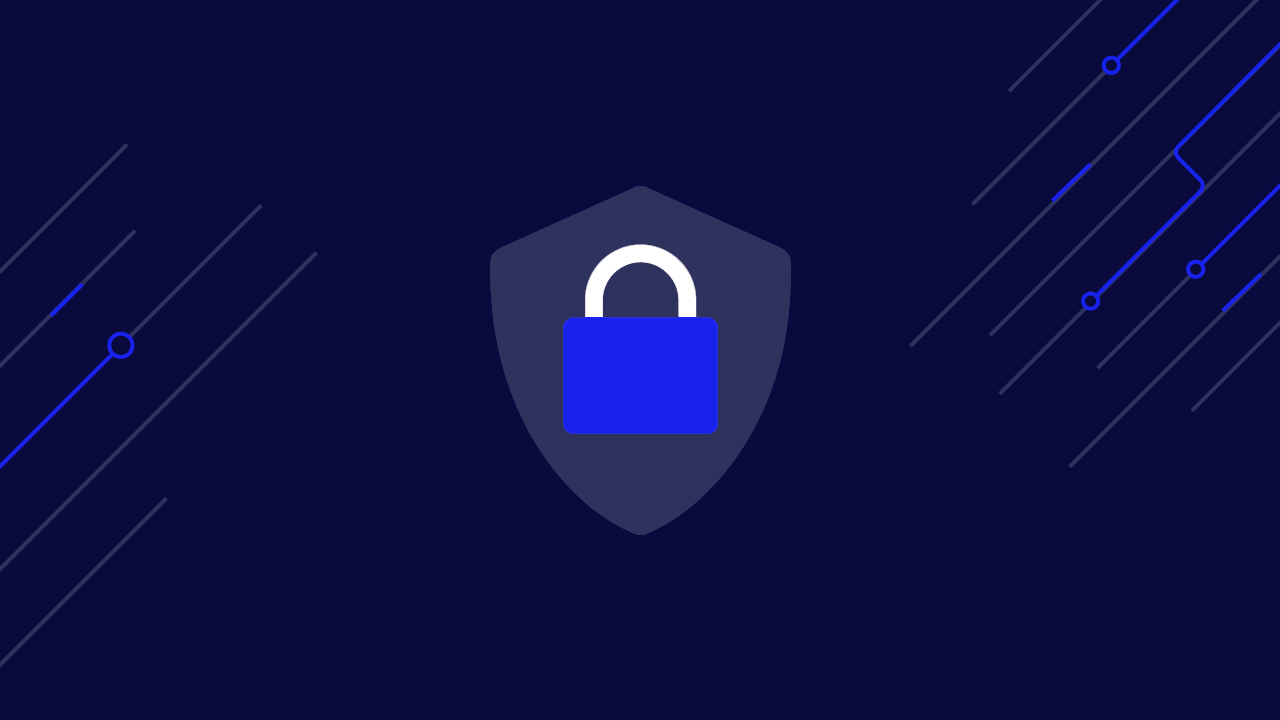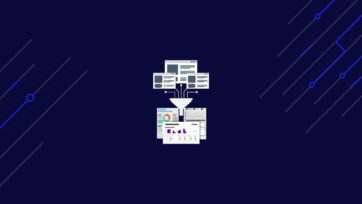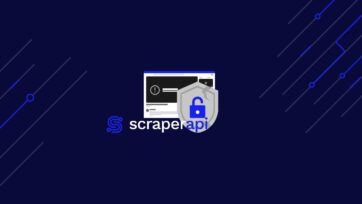Whether you’re web scraping huge amounts of data or just starting out, one thing is for sure: good proxy management is key to their long-lasting health and success. Whether you’re choosing IP proxies by hand or picking an off-the-shelf scraper and proxy management tool, using the right approach is incredibly important for the long-term health of your web scraping project or business.
It’s also worth bearing in mind exactly what it is you want from your web scraper, as smaller data scraping tasks on simpler websites can be achieved with limited resources and simpler proxy infrastructure. When deciding between an in-house proxy management solution or an all-in-one off-the-shelf web scraping and proxy management tool, it all comes down to your individual project’s needs. Ultimately there are many reasons why you would want to go down either route, so let’s compare both approaches side by side.
What features does your proxy management solution need?
The first set of issues you’ll likely run into when you’re getting your proxies up to speed is the defense mechanisms of the sites themselves. From simple IP bans to timeouts, network errors and geolocation worries the list of potential problems is quite lengthy. Of course, every issue has a solution, but trying to sort it all manually all too often means you’re going to be spending much more time tearing your hair out about hard-to-track down errors than you are actually raking in the data.
Most proxy infrastructure available off-the-shelf will offer you the tools you’ll need to tackle those issues straight away, so if you’re interested in saving yourself a lot of late nights it’s a strong consideration. Naturally though, with enough know-how, building your proxies up from scratch will offer you a lot more control of your web scraping project, and further down the line if an issue does crop up it’ll be a lot easier for you to pinpoint and correct it.
The bottom line is this is a cost vs time analysis, and especially for medium to large scale data scraping projects, the time spent managing proxies with an in-house solution may well turn out to eclipse the money saved. However, for smaller-scale web scraping jobs setting up a simple proxy rotation manager in-house ought to be a simple and rewarding job that pays dividends.
The troubleshooting doesn’t just stop with errors and IP problems though. When you’re implementing a decently-sized web scraping project to extract data from websites, particularly if you’re targeting larger or more robust sites, you’re going to run into other roadblocks designed to slow you down.
You might need to consider adding a randomized delay to your proxy scraper requests to avoid the traffic being flagged as non-organic. This will help keep your proxies online against specific security mechanisms and at its base, it’s a simple enough task with the right know-how. An outsourced proxy management solution will be really helpful here though as many offer you the option of having those delays be determined dynamically based on the feedback of the site, so you’re potentially saving time with each sent request.
Geolocation is another key concern as many sites are restricted as a whole in certain countries. This is a more simple task provided you are getting your proxies from good, local sources – preferably a residential proxy – and you can rotate between them well.
When you’re building your proxy network though it’s likely you’ll want it to automatically detect whether the site needs a specific proxy, or cannot use a number of specific proxies, and pull them out of the rotation for that site’s session. That way, you’re avoiding the hassle of dealing with errors further down the line and you’re saving time on requests. Similar to this, some data scraping jobs will require you to have certain proxies active for longer periods of time, so your infrastructure will need to be able to detect and account for that otherwise the data it returns will be nonsensical. Both of these are quite a challenge to implement manually but certainly aren’t beyond the realms of possibility.
How long does your proxy management solution need to last?
Fundamentally though, the most important point to bear in mind when you’re wondering about how to go about building your proxy infrastructure is not only the scale of the job but the length as well. Building a robust framework to run your proxies through is definitely possible with the right technical skills, but it isn’t a job that can be completed overnight.
Making sure you have all the functionality necessary to combat the various hazards of the web scraping business can be a long and detailed job, and it’s one that you’ll need to chip away at over time. Even if you’re just starting out with ban lists, adjusting and managing proxies to ensure that they’re passing with top marks and returning good data each time is time-consuming work. Add on to that every new security development and you’ve got a long road ahead of you – and that’s not to mention all the late nights and troubled sleep you’ll have fought any unexpected bugs.
When does it make sense to use an off-the-shelf proxy management tool?
Developing your proxies using an off-the-shelf proxy management solution can alleviate almost all of these issues, and many more besides – it’s just a case of spending the money and calibrating the infrastructure to meet your specific requirements.
While it can sometimes feel like you’re throwing money at the problem, or that you lack control over the finer points, ultimately your time is valuable and most likely you can spend it better analyzing the data you’re getting from your URL scrapers rather than tinkering with them and waiting for the day you can launch them properly. And in a business where every millisecond counts, being able to save yourself weeks of work is a fairly straightforward price to pay.
When does it make sense to use an in-house-built proxy infrastructure?
If your project is smaller and simpler, you won’t have to jump through as many of those security hoops. That’s where building an in-house proxy management solution is perfect: you get all the control offered by tuning the platform yourself, and you can get it all up and running relatively quickly and fairly hassle-free. And if you do run into specific security problems, fewer proxies overall means less work to get around them.
Hopefully, we’ve given you some thoughts about how you’d like to approach your next data scraping job. If you want to discuss projects like this or any other web scraping job, please contact us and we’ll get back to you within 24 hours. Happy scraping!



